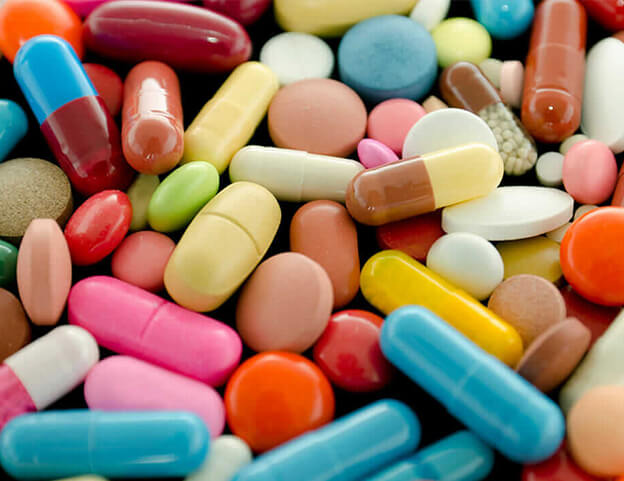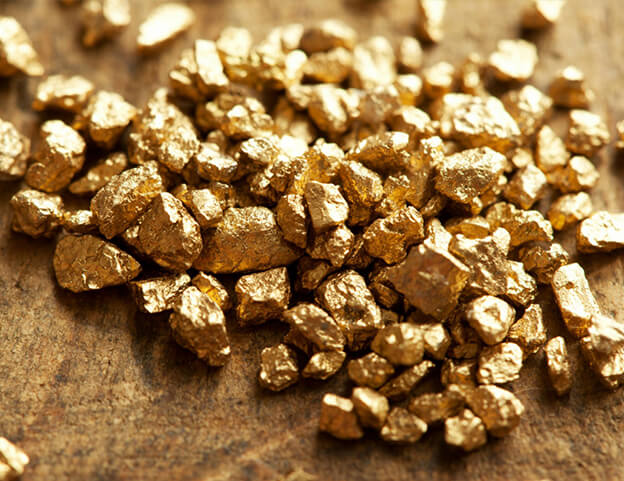Main activated carbon application by industry recent years.
From the activated carbon different application, Xingyuan separate the activated carbon into:
· Air & Gas treatment
· Chemicals & Pharmaceutical
· Food & Beverages
· Gold Recovery
· Soil Remediation
· Cosmetics
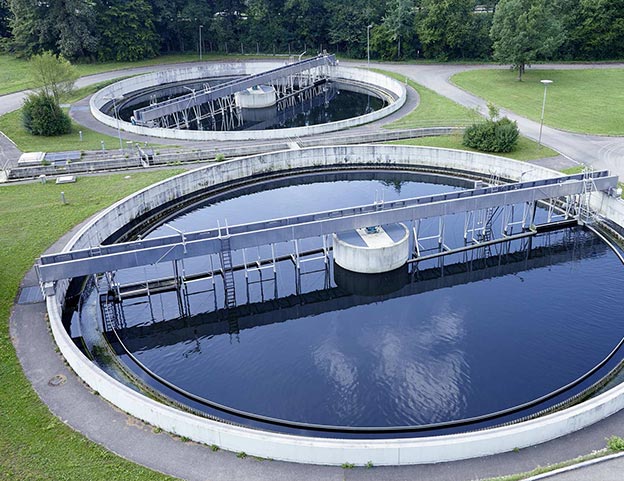
Water. One of the world's most precious resources for drinking, irrigation or industrial processes. The supply of clean, fresh water continues to be more and more constrained as populations rise and water demands grow on our planet. Activated carbon is one of the best technologies available for improving water quality.
Water is a vital global resource, and activated carbon is widely used in many processes and industries where water needs to be purified.
Perhaps the best known application for activated carbon is the purification of drinking water. Indeed, in most developed countries, almost all municipal drinking water is filtered through activated carbon, as part of a multi-step purification process.
Applications for activated carbon in water purification include the following:
– Municipal drinking water treatment
– Point-of-use (POU) and point-of-entry (POE) filters
– Industrial process water, e.g. breweries, food, power plants, chemicals production,…
– Groundwater and soil remediation
– Industrial wastewater
– Municipal wastewater
– Landfill leachate
– Aquarium filters
– Swimming pool filtration
Depending on the exact application, activated carbons remove a wide range of unwanted chemicals and pollutants, including:
– Colour, taste and odour compounds in drinking water, such as Geosmin and MIB (2–Methylisoborneol)
– Dechlorination in POU filters, process water applications, swimming pools and aquaria filters
– Trace contaminants such as pharmaceuticals, herbicides, pesticides and other persistent organic pollutants (POPs) from municipal water streams.
– Various organic pollutants, such as the BTEX group, PFOS/PFOA and hydrocarbons, from groundwater in remediation projects, or from leachates.
Xingyuan supplies a wide range of product and services for the treatment of water. Powdered activated carbons (PAC) are used in batch treatment processes, whereas granular (GAC) grades are generally used in fixed filter beds, with the water passing through the filtration medium.
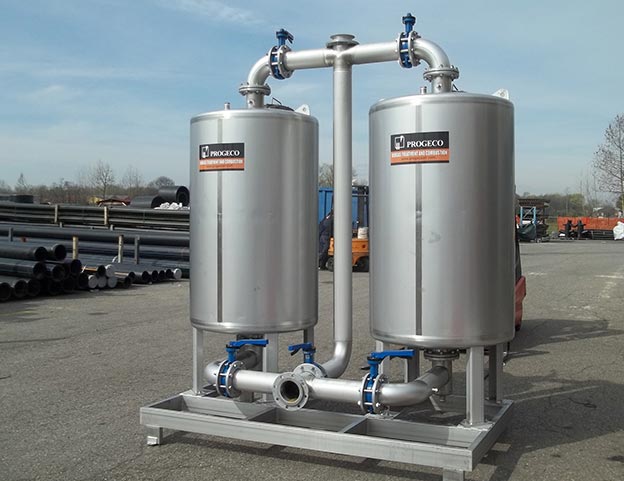
The purity of air on our planet is of vital importance to us all. Whether you are working to meet emission regulations to protect the environment and/or human health, reduce nuisance odors, or produce ultrapure gas streams, Xingyuan provides the exact carbon to address your need.
Activated carbons are used extensively in the gas phase for the removal of a variety of unwanted contaminants, such as volatile organic compounds (VOCs) and odour-causing molecules. In China, the Government’s 2019 Clean Air Strategy will focus a great deal of attention on this issue, and Xingyuan Activated Carbons stands ready to assist in the supply of air purification solutions.
VOCs, typically from industrial processes such as chemical/pharmaceutical production, petrochemical tank venting, spray booths and soil remediation projects, include compounds such as acetone, benzene, styrene, toluene and xylene.
Odour control systems make use of impregnated activated carbons to remove compounds such as hydrogen sulfide (H2S), mercaptans, DMS and ammonia (NH3).
Industrial gas streams may require the removal of trace levels of various contaminants such as VOCs or, in the case of natural gas, heavy metals like mercury and cadmium.
In the oil and gas industry, specialised activated carbons are used as catalyst supports for mercaptan oxidation in the so-called Merox process. Mercaptans are removed from hydrocarbon streams by converting them to liquid disulfides.
For personal protection applications, such as respirators and escape hoods, carbons are used to remove a range of harmful or poisonous gaseous compounds.
Activated carbons can also be used in cigarette filters for the removal of some of the smoke's constituents, in order to improve the taste experience.
Purity is essential in the production of pharmaceutical products. This applies to all stages, from raw materials to intermediates to final product. The unique properties of specific activated carbons from Xingyuan provide superior removal of colour compounds, odour compounds, proteins and other contaminants that could be present in the raw materials, or that form during production.
Activated carbons are used extensively for purification purposes in the production of a wide range of industrial chemicals and pharmaceutical compounds. Typical applications include the purification of amino acids, biodiesel, glycerine, mineral acids and active pharmaceutical ingredients (APIs).Solvent recovery is also an important application for activated carbon, either in the chemical/petrochemical industry or in printing and ink/dye production facilities.
Other uses for activated carbons in the petrochemical industry include amine and glycol purification, removing contaminants from gas scrubber systems.
Activated carbons are used either in a powder (PAC) form, and dosed in a batch process, or used in a granular form (GAC) in a fixed bed adsorber. As well as being useful for the main manufacturing process, carbons may also be used for the recovery of off-spec materials, or for the improvement of product purity levels to allow the sale of a higher-grade end-product.
Food & Beverages

Beverage makers rely on activated carbon to remove bad tastes and odors and help ensure the long-term stability of their products. We manufacture Activated Carbon products that are used to improve the quality of beverages ranging from water to fruit juices to distilled liquor so that beverages look good, smell good and taste good.
Activated carbons have long been used in the food and beverage industries for the purification of liquid and gas phase process streams. Their main purpose is the removal of colour, taste and odour, as well as any other organic trace contaminants.
Typical examples include the following:
– Sweetener purification – cane sugar, glucose and syrups.
– Food-grade acids, e.g. citric acid, produced via a fermentation process.
– Purification of ethanol for use in alcoholic beverages.
– Removal of tannins and other impurities in the wine growing industry.
– Purification of carbon dioxide (CO2) gas produced in breweries, prior to its re-use in food-grade applications.
– A highly purified form of PAC is used as the black food colourant E153
Gold Recovery
Highly activated carbon is used in the dissolved gold recovery process, either by introducing it directly into the CIL (carbon-in-leach) tanks or into separate CIP (carbon-in-pulp) tanks after leaching.The activated carbon adsorbs the dissolved gold from the leach slurry thereby concentrating it onto a smaller mass of solids. The carbon is then separated from the slurry by screening and subjected to further treatment to recover the adsorbed gold.
Xingyuan Activated Carbons has extensive operational and commercial experience in the supply of specialised grades of activated carbons into the precious metal recovery industry.
Activated carbons are used to recover gold from cyanide solutions, which are percolated through gold-containing ores.
Three main technologies exist for recovering gold from cyanide leachate solution:
– Carbon-in-Pulp (CIP)
– Carbon-in-Leach (CIL), includes 'Heap Leach'
– Carbon-in-Column (CIL)
Xingyuan Activated Carbons supplies a range of carbons for the gold mining industry, which independent testing, by leading academic institutions, has shown to offer exceptional performance. Our products are characterised by the following properties:
– High rates of gold loading and elution
– Good resistance to mechanical attrition
– Stringent particle size distribution
– minimal undersized material
– Low platelet concentrations
– Good reactivation performance
Soil Remediation
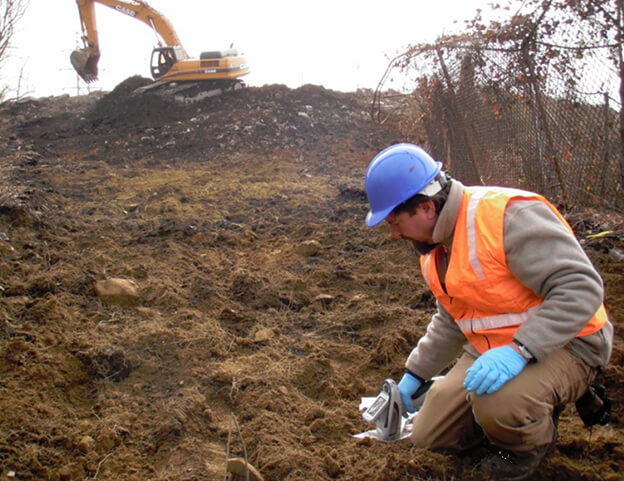
Activated carbon is produced when materials with high carbon concentrations, such as coal, wood, peat, or even coconut shell, undergo special treatment processes that expose them to extremely high temperatures without burning them. The result is a porous, highly adsorptive substance that binds easily with organic toxins. When mixed into contaminated soil or sediment, the activated carbon draws dioxin to it and sequesters it.
Cosmetics

Around the world, many different traditional medicine practitioners use activated charcoal powder made from coconut shells to treat soft tissue conditions, such as skin infections. Activated charcoal may have an antibacterial effect by absorbing harmful microbes from wounds. Several are available commercially. Activated charcoal–when used in a face mask–binds to dirt and helps pull it out of your pores, making them less visible (it's the oil and dirt that makes them appear bigger). This leaves your face feeling fresh.







